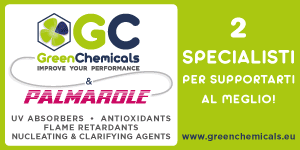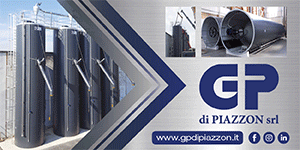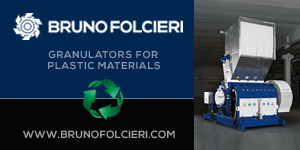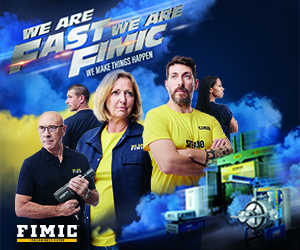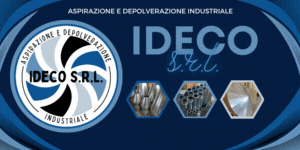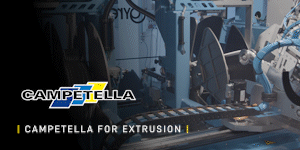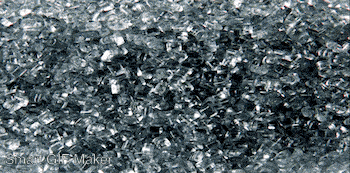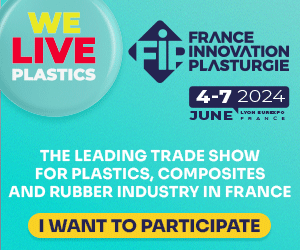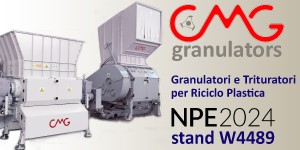Latest generation automation systems for plastics injection molding
Campetella Robotic Center, Italian designer and producer of industrial robots and complex automations for the plastics injection molding industry, boasts a centuries-old history crossing five generations. Campetella has turned into a successful renowned international company that provides its customers with a 360-degree service, ranging from the design of both standard robots and complex automations to the programming and supply of the software up to machinery installation and after-sales assistance.
While designing and producing cutting-edge robotic solutions for the plastics injection-molding world, Campetella has always promoted sustainable competitiveness, by valuing the environment and recycling and considering sustainability a lifestyle affecting all our daily activities, being industrial automation no exception.
 Innovation and sustainability are two sides of the same coin and Campetella pursues them both by increasing performance while reducing consumption and, at the same time, by recycling and reusing components of products at the end of their life cycle.
Innovation and sustainability are two sides of the same coin and Campetella pursues them both by increasing performance while reducing consumption and, at the same time, by recycling and reusing components of products at the end of their life cycle.
Campetella robots are equipped with special devices designed to save both electricity and compressed air, to convert kinetic energy into electricity and to optimize energy consumption during less intense work phases. Sustainability is therefore at the base of their corporate culture, which aims at encouraging a responsible behavior as the only out of environmental pollution.
Plastics re-evaluation
Plastics has always been strongly attacked by the media, as it is believed to be the main cause of pollution. Yet, it would be unthinkable to imagine a world without plastic, since without plastics we would have to give up many habits and comforts, which have turned into real needs for us all.
This is exactly the message Campetella is trying to convey. Let’s try to imagine a world without plastic! Are we seriously ready to give it up? In other words, living without plastics means going back to a few decades ago, when medical devices were made of materials that could not guarantee the patient the same level of hygiene and safety they provide today and cars were not so packed with all the technology and luxury we have become accustomed to.
The demonization of plastic arises from a very superficial knowledge most people have on this topic. This material includes a very large number of polymers, each one with very different chemical and mechanical characteristics. The polymer chosen to produce an item is determined by its function. It would be more appropriate to speak of polymers rather than plastics, bearing in mind that most of them are not toxic at all. Therefore, it would be useful to design and produce recyclable objects made of non-polluting polymers. Some plastic products have a much lower impact on pollution than other materials. Just think of a glass ceiling light of a city street lamp. It is much less likely to be recycled than a polycarbonate injected at much lower temperatures, with high recovery index and heat resistance.
The advantages of using plastics are obvious and countless: low production costs, high recycling rate, lower CO2 emissions, greater energy savings when compared to glass and lower environmental impact during the extraction phase when compared to paper.
It is widely believed that the solution to the pollution problem lies in replacing plastics with other materials, but what about the consequences such a replacement would have on our lives and the environment? It depends on the substitute material. Using wood and paper would lead to higher deforestation rates, as well as much lower hygiene levels in the food packaging industry, as such materials would favor the proliferation of viruses and bacteria. Using glass would result into higher production and recycling costs, as well as increased polluting emissions during production and in a greater accident risk due to the fragility and, therefore, dangerousness of the material.
The IML technology
The IML (In-Mold Labeling) technique, widely used in the food packaging sector, undoubtedly gives a significant contribution to a much simpler and more correct disposal of plastic waste.
Thanks to this technology, the label inserted in the mold can be made of the same material as the container which it is fused with, becoming one with it. This way, not only does the label not risk being removed during transport but, being made of the same material as the product it identifies, it is much more easily recyclable than other types of labels, such as band or paper labels. Indeed, the consumer will no longer have to separate the paper label from the plastic product when disposing of it.
 Another significant benefit gained from IML technology is the protection it guarantees from UV rays thanks to the fusion between the label and the container, thus favoring a safer preservation of the packed food and simultaneously reducing its production costs, since the product is injected and labeled all at once.
Another significant benefit gained from IML technology is the protection it guarantees from UV rays thanks to the fusion between the label and the container, thus favoring a safer preservation of the packed food and simultaneously reducing its production costs, since the product is injected and labeled all at once.
IML technology safeguards products by checking their integrity and discarding the flawed parts. The vision inspection systems Campetella designs are integrated within the automation cells in order to identify even the smallest micro-holes, invisible to the human eye, and automatically discard all non-compliant products that may lead to premature food deterioration.
Campetella Robotic Center has always stood out for its systems’ efficiency and for the drastic waste reduction they can guarantee to their customers during the production process. Such a waste management avoids throwing away the entire set of molded products by eliminating the defective part only, thus minimizing the recycled waste and, as a result, drastically reducing energy consumption.
Campetella teaches us that compatibility between plastic and environmental protection is possible, as long as a shared ethical and responsible behavior is at the base of any environmental protection strategy.
Small gestures can make a big difference.












